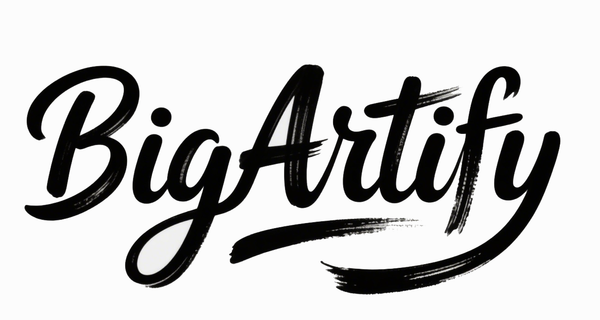Martin Beck’s ‘Environments’ Art Summons New Age Sights and Sounds: Reimagining Ambient Spaces Through Art
Conceptual artist Martin Beck’s latest body of work draws inspiration from a fascinating and often overlooked piece of cultural history: the Environments series, a collection of ambient sound recordings from the late 1960s and early 1970s. This series, originally produced by Syntonic Research Inc. and promoted as a form of sonic therapy and environmental enhancement, offers a unique lens through which Beck explores the intersection of sound, space, and self-optimization in contemporary life.
His exhibit, currently featured at the Aldrich Contemporary Art Museum in Ridgefield, Connecticut, challenges viewers to reconsider how sound and imagery can alter perceptions of environment, productivity, and well-being.

Revisiting the Environments Record Series
The Environments series, consisting of eleven LPs filled with natural sounds and minimalist synthesized tones, was groundbreaking at its inception. Marketed as a tool to replace tranquilizers and boost mental focus, it received considerable media attention and found a devoted but niche audience. The series reflects the early days of what would evolve into New Age and ambient music genres, emphasizing relaxation and heightened awareness.
Beck's research unveiled these recordings as "an atmospheric tool for self-optimization within an ever more competitive capitalist setting" (Artnews). This duality—between serenity and control—forms the conceptual core of his artwork.
Beck’s Artistic Interpretation and Exhibition
In his exhibition … for hours, days, or weeks at a time, Beck presents large-scale pencil drawings, video installations, and framed album covers extracted and isolated from the original LP art. His meticulous drawings often feature fern patches, layered with textual fragments taken from the promotional language of the Environments series. The effect is both meditative and critical, inviting viewers to reflect on how environments—both physical and psychological—are shaped by and shape human behavior.
Visitors experience a sensory journey as ambient recordings from the Environments series play alongside evocative video capturing day-to-day scenes in natural and domestic settings. This immersive approach underscores the paradox Beck identifies: while these sonic environments aim to improve focus and relaxation, they also serve the broader objective of enhancing productivity within societal systems.
Learn more about the exhibition and Beck’s process on the Aldrich Contemporary Art Museum website.
The Philosophical and Cultural Dimensions
Beck’s work probes the tension between wellness and control inherent in the promotion of the Environments recordings. While offering moments of calm and refuge, these sonic tools also subtly aim to maximize human output, reflecting the complex interplay of care and capitalism.
This theme resonates within today’s broader wellness culture, which blends restorative practices with pressures to perform and produce—themes explored in academic texts like Sonic Control by Steve Goodman and On, In, Off: Music’s Psychedelic History by Victor Szabo.
Artistic Evolution and Methodology
Beginning with an interest in the Environments series' history, Beck shifted his creative practice towards drawing and installation, emphasizing manual craftsmanship and ecological responsibility. His detailed graphite drawings contrast against the industrial and electronic origins of the record series, emphasizing a slower, more intimate artistic process.
Beck suggests art’s role in fostering reflection "for hours, days, or weeks at a time," encouraging viewers to engage deeply with environmental and psychological atmospheres.
For critical insights into Beck’s artistic philosophy, see his interview and related content on November Magazine.
FAQ: Martin Beck and the Environments Series
Q1: What inspired Martin Beck’s latest body of work?
A1: Beck was inspired by the Environments ambient sound record series from the late 1960s and early 1970s.
Q2: What themes does Beck explore through his art?
A2: He examines the relationship between sound, space, well-being, productivity, and the paradoxes within wellness culture.
Q3: What types of artworks are included in the exhibition?
A3: The exhibition features large-scale pencil drawings, video installations, framed album art, and ambient soundscapes.
Q4: How does Beck’s work relate to wellness and capitalism?
A4: His art critiques how tools for relaxation are also mechanisms for self-optimization within competitive capitalist structures.
Q5: Where can I see Martin Beck’s exhibition?
A5: The exhibit … for hours, days, or weeks at a time is on view at the Aldrich Contemporary Art Museum in Ridgefield, Connecticut, through October 5, 2025.
Martin Beck’s innovative work invites a profound reevaluation of how we interact with our environments through sound and visual art, offering a meditative and critical reflection on modern life.
For more on contemporary art reflecting cultural and technological developments, explore coverage from Artnews and related exhibitions at renowned museums such as The Aldrich Contemporary Art Museum.
